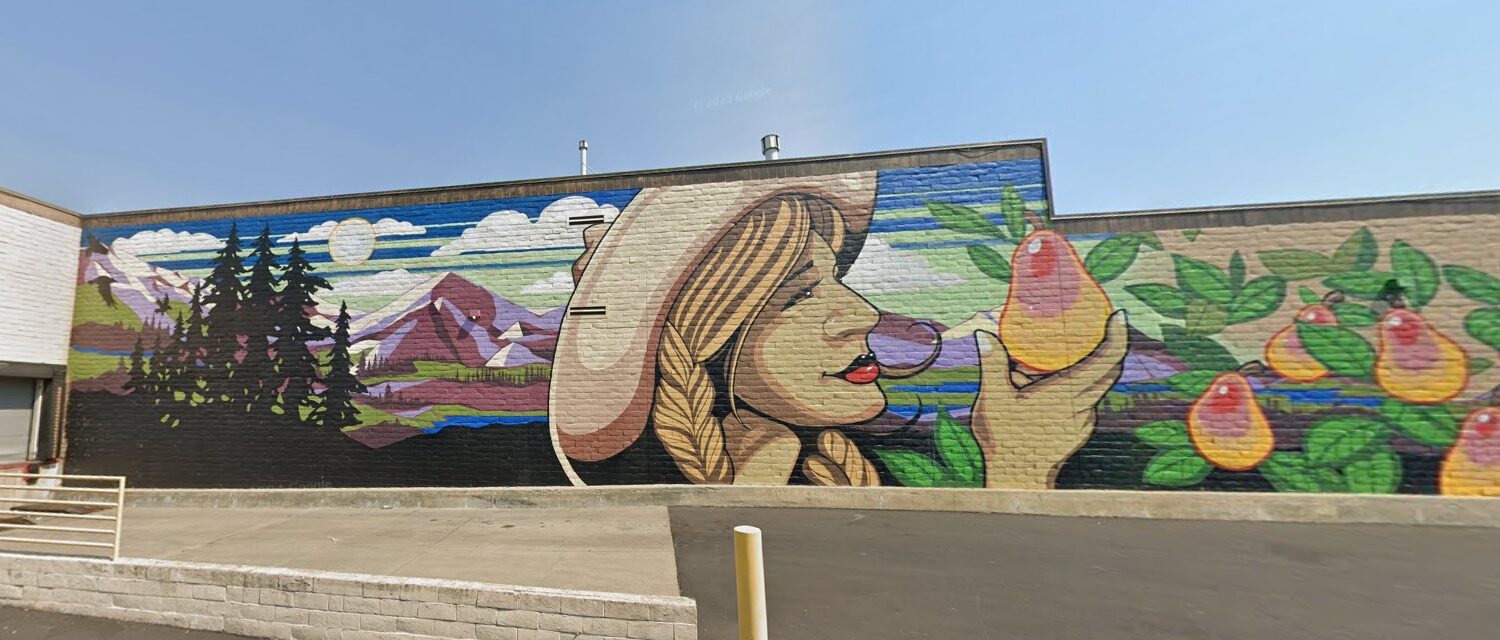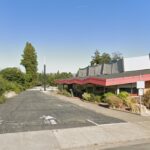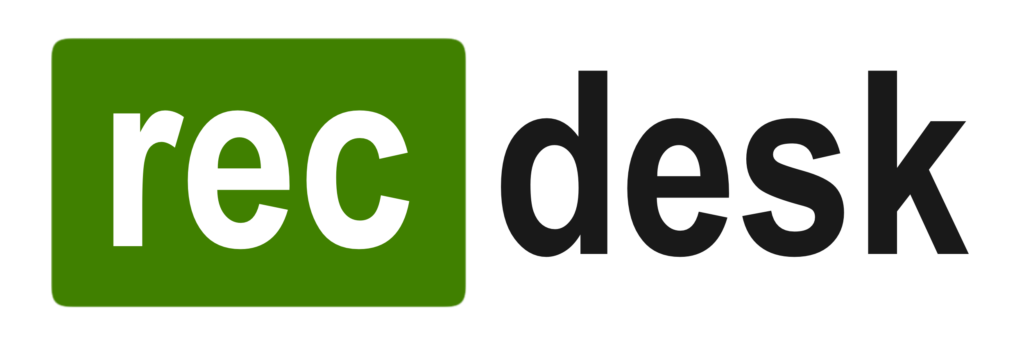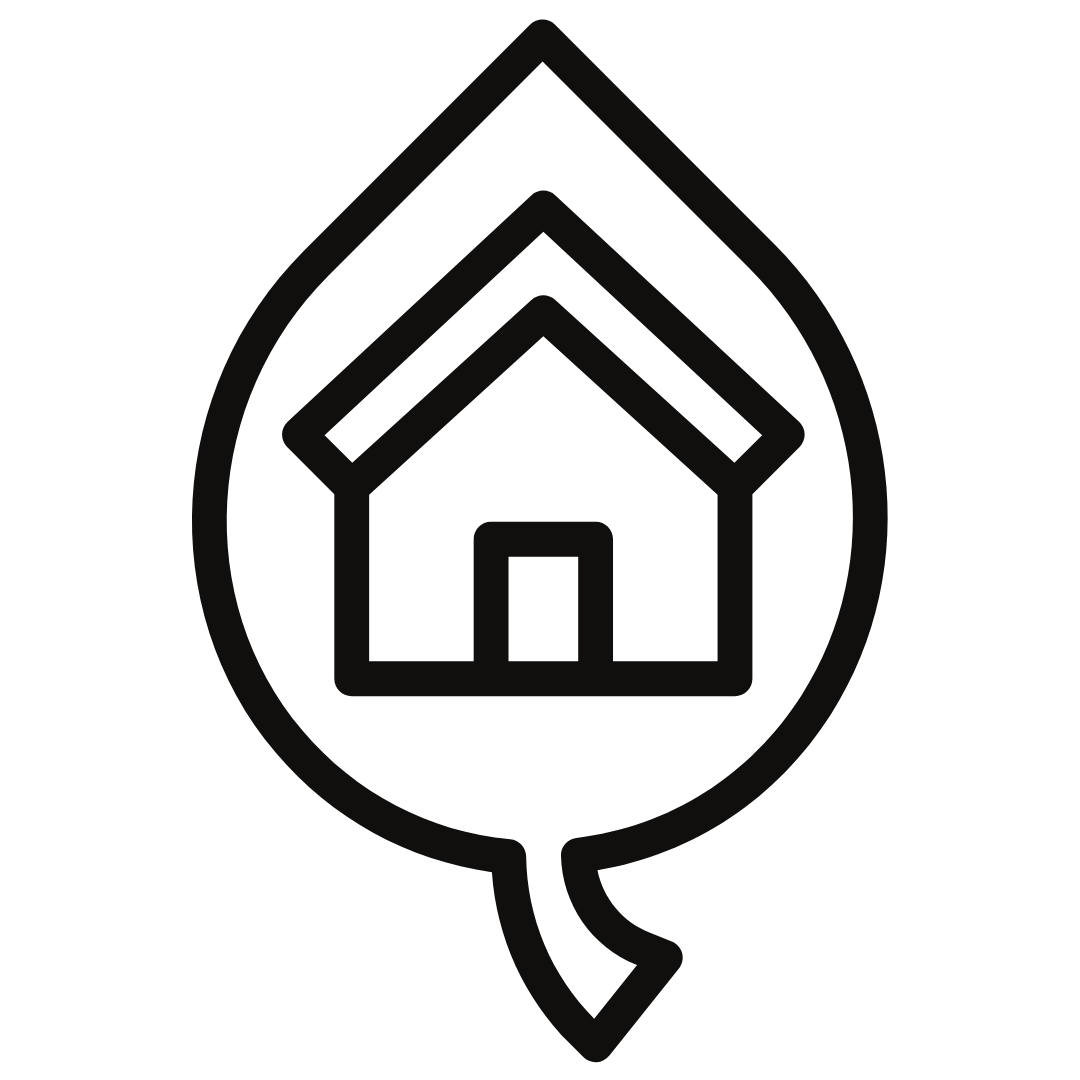Signage Ordinance Amendment - Background
The proposed ordinance amends the City’s sign regulations within Ukiah City Code Division 9, Chapter 7, entitled “Signs,” to ensure consistency across zoning districts and address concerns related to prohibited signage. Key modifications include clarifying signage types and illumination standards while aligning regulations with the 2040 Ukiah General Plan, which emphasizes streamlining and simplifying the sign review and approval process.
If adopted, these changes will clarify existing regulations, enhance consistency with the General Plan, and improve readability and enforcement of the associated regulations, particularly regarding prohibited signage.
The amendments aim to balance business visibility with community aesthetics while minimizing visual clutter, conserving staff resources, streamlining application reviews, and addressing potential concerns created by digital signage. It would also streamline the review of signage that does not require a building permit, by allowing such review to be processed according to objective standards. Finally, ‘Mural Permits’ on private structures would no longer be subject to Planning Commission review but would instead be evaluated administratively by Staff and the Design Review Board as a means to encourage more public artwork throughout Ukiah by reducing associated application barriers.
These updates are part of the City’s ongoing efforts to modernize development standards, support local businesses, and enhance visual character across all commercial and neighborhood areas.
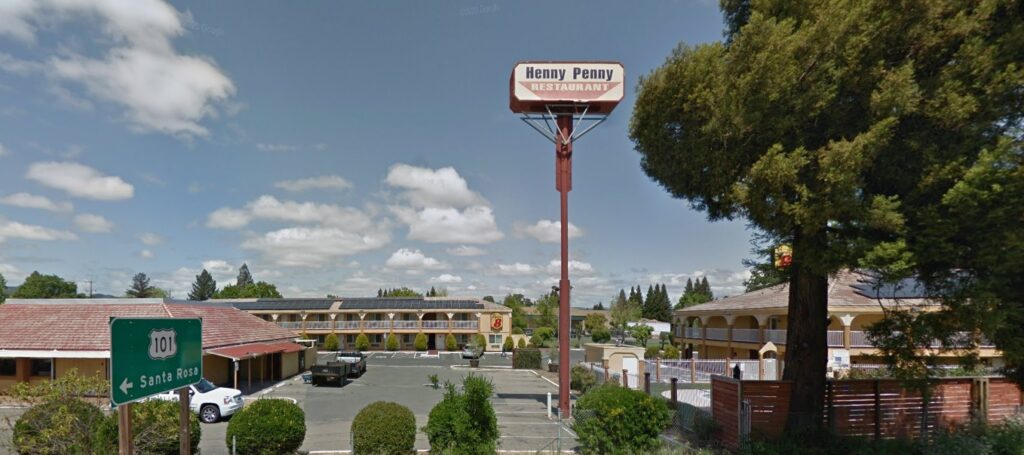
Signage Ordinance Amendment - Primary Modifications
- Clarify and expand prohibitions on certain sign types, including digital displays with frequent image changes, animated graphics, air-powered inflatables, and signs that emit sound or visual distractions;
- Establish streamlined review processes by simplifying regulations for temporary signs and those not requiring a building permit, as well as reassigning the review authority for murals on private structures;
- Modify illumination standards to reduce light pollution and include design standards ensure signs are more compatible with surrounding development;
- Reduce allowable display periods for temporary banners and similar signs from 45 days per year to 15 days per year without the need for a sign permit and other measures to reduce staff review requirements; and
- Strengthen enforcement provisions by expanding the Community Development Director’s authority, reducing compliance timelines, and increasing outreach efforts to promote voluntary compliance before enforcement actions are taken; and
Signage Ordinance Amendment - Background
The City of Ukiah’s sign regulations are set forth in Division 9, Chapter 7 of the Ukiah City Code (Attachment 1) and govern the size, placement, and design of signs across most zoning districts, with the exception of the Airport Industrial Park – Planned Development/Airport Park Boulevard.
While minor amendments have been made over the years, the regulatory framework remains largely based on the original Ordinance No. 685 (1976), with subsequent modifications through Ordinances 756 (1981), 822 (1983), 1106 (2008), and 1148 (2014).
In addition to these updates, the Ukiah Redevelopment Agency adopted two sets of Design Guidelines in 1992—one for the Downtown Design District and another for commercial areas outside of the Downtown Design District. While these Guidelines were comprehensive, they largely mirrored existing City Code requirements regarding sign placement, location, and area, or referred to existing signage regulations within Ukiah City Code for details such as allowed sign area.
On June 27, 2007, the Planning Commission adopted a Commercial Development Design Guidelines Checklist to assist developers, staff, and policymakers in evaluating project consistency with the Guidelines. However, this checklist was based on the existing 1992 Guidelines and applied only to projects requiring a Site Development Permit or those seeking financial assistance for façade improvements or restoration grants from the City’s Redevelopment Agency. Similar to the 1992 Guidelines, the Checklist deferred to the existing City Code for most signage requirements (e.g. type, location, area, etc.), but provided clarifications regarding signage, as follows: Outside the Downtown Design District or
Inside the Downtown Design District
Following the statewide dissolution of redevelopment agencies in 2012, the City no longer had financial incentives to require design compliance outside of the discretionary review process, and property owners were not incentivized to pursue Site Development Permits, as evidenced by the limited new construction in the City since that time. Without redevelopment funding, the Design Guidelines became less relevant, as their application was primarily applied to projects that required discretionary review. This was primarily facilitated through the associated findings required for Site Development Permits, which often cite or consider the relevant Design Guidelines.
While the 2008 and 2014 Ordinances amended general provisions regarding signage, the City’s current sign regulations do not fully align with the expectations of the 2040 Ukiah General Plan. Specifically, Land Use Element Policy LU-11.7 (Sign Regulations) calls for streamlining and clarifying the sign review and approval process. This policy, originally derived from the 1995 General Plan (Existing Program CD-13.1c, modified), remains unfulfilled, as past efforts primarily focused on design guidance for new construction. However, given Ukiah’s existing built environment and a limited expectation for new commercial development, an updated approach to sign regulations is necessary to better serve existing business owners, provide clarity in the approval process, and allow staff to apply resources more effectively. For example, Staff notes that only a limited number of sign permits that do not require a building review (e.g. changes in sign copy; temporary banners, etc.) have been received or processed in recent years.
Where new commercial development has occurred—such as along Airport Park Boulevard—the City has relied on comprehensive Sign Programs to regulate the type and location of proposed signage when the associated development is approved by the Planning Commission. For instance, the City applied standard sign program requirements for the phased development at 1236 Airport Park Boulevard (Panda Express), ensuring consistency and balance in signage placement and design for all existing and future tenants.
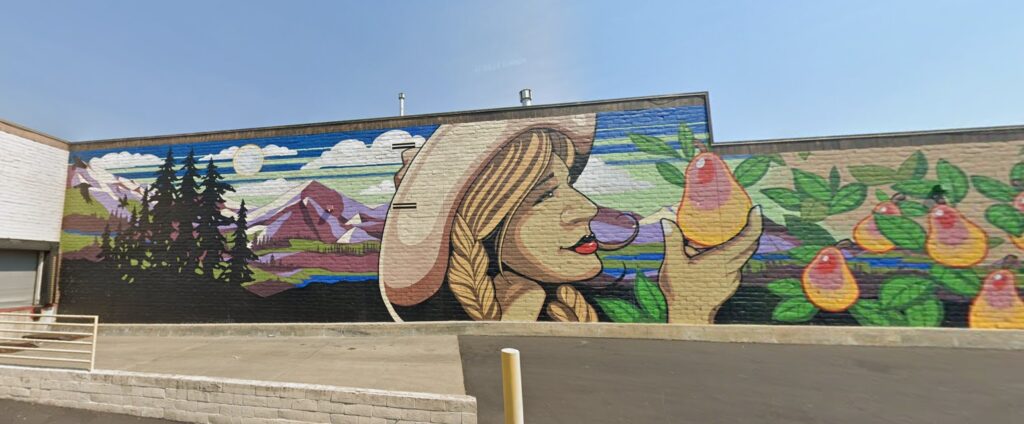
Murals & Public Art
In addition to business signage, murals on private structures are regulated under Division 9, Chapter 7 and are processed via Mural Permits. Per Ukiah City Code §3225.G, murals are still evaluated as a form of signage or advertisement in the City, and are evaluated by the Planning
Commission. Since 2019, the City has evaluated two such murals in this manner, one at 810 North State Street, and the other at 534 East Perkins Street. Private murals, like the one at the Pear Tree Center, enhance community identity, beautify spaces, and support regional artists while fostering a sense of place. As noted at the Planning Commission Public Art Workshop on February 28, 2024, in recent years, public art on private structures has become an important revitalization tool, helping to reinvest in underutilized areas and highlight community identity or concerns.
Presently, murals on public structures undergo review by both the Planning Commission and the Design Review Board as designed by the City’s public art policy. In 2016, the City adopted a more rigorous public art policy for murals on public places. This adopted Policy governs Public Artwork in the following Public Places, particularly:
City – Owned Park
City – Owned Open Space or Public Right of Way
City – Owned Pathway or Trail
City – Owned Buildings
City – Owned Parcels
As a recommendation to the Planning Commission, the Design Review Board suggests that it serve as the hearing body to evaluate, review and make decisions on the issuance of mural permits for artwork on private commercial structures, and make recommendations concerning architecture, site design layout, landscaping, parking, signage, exterior lighting, and other aspects of urban design to City staff, Zoning Administrator, Planning Commission and City Council as appropriate.
Murals on public structures or spaces would continue to be regulated by the adopted City policy.
Design Review Board (03/27/25)
- Design Review Board Special Meeting – Video Recording (02/27/25)
- Draft Minutes of the Design Review Board Meeting (02/27/25)
- Design Review Board – Regular Meeting Overview (02/27/25)
- Design Review Board Agenda (02/27/25)
- Design Review Board – Staff Report
- Chapter 7 (Signs) – Clean
- Ordinance Amendment – Redline
- Design Guidelines – Sign Highlights (1992)
- Handout – Existing Signage Checklist (2012)
- City of Ukiah Signage Handout (2012)
Planning Commission (04/23/25)
City Council (TBD)
- Date – TBD

